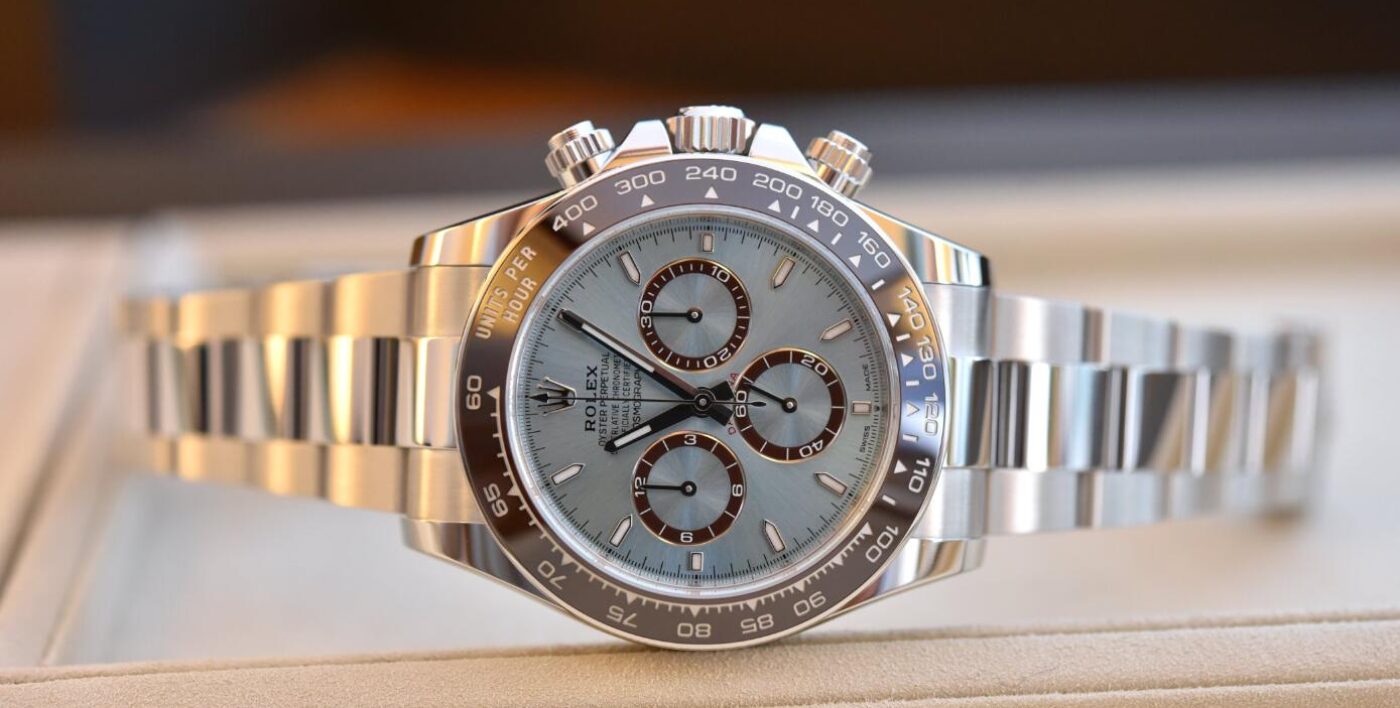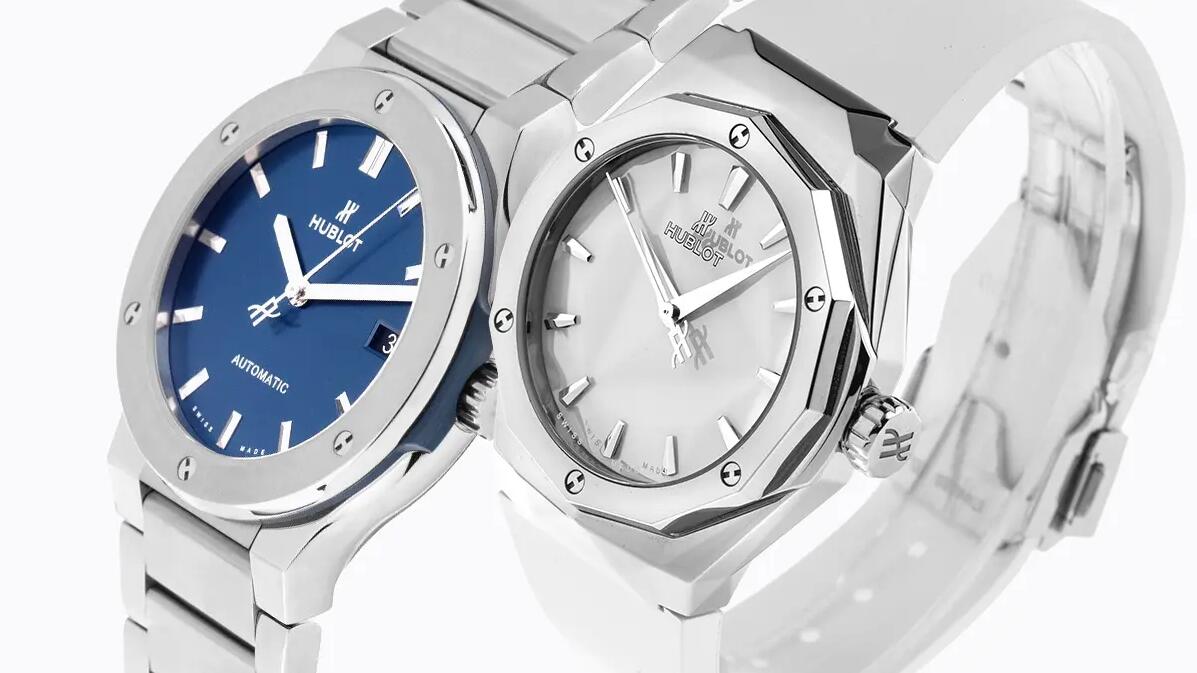Today we’re taking a closer look at a watch that polarizes like no other: the Replica Hublot Classic Fusion. You either love the watch or you hate it. Why is that? We investigate this question and present the Hublot Classic Fusion.
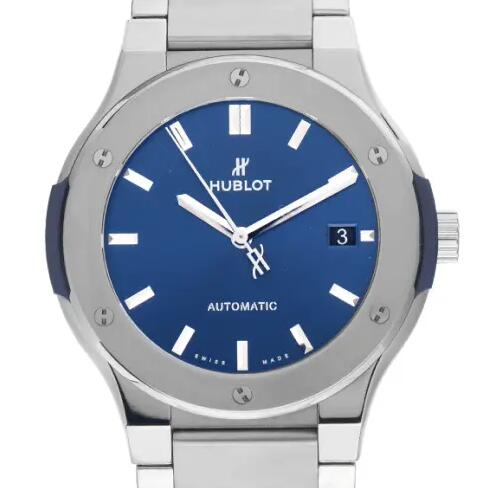
One of Hublot’s defining developments is the “Fusion” concept. Hublot was one of the pioneers in combining different materials in a housing, for example Kevlar® (a durable synthetic fiber), carbon, ceramic, magnesium, tungsten, tantalum, titanium, cermet, steel or gold. By combining different materials, for example, gold becomes harder or aluminum becomes more scratch-resistant. The merger is Hublot’s unique selling point in the world of luxury watch brands.
What does the Hublot brand stand for?
Hublot stands for innovation, modernity and the union of tradition and avant-garde. The brand prides itself on continually redefining the boundaries of watchmaking. Equally important for Hublot is its close connection to the world of sport. Hublot is known for its partnerships in football, Formula 1 and golf. There are often limited special editions that make the hearts of sports fans and watch lovers alike beat faster.
The most important collections
Hublot offers a wide range of collections including the “Big Bang”, the “Classic Fusion”, the “Spirit of Big Bang” and the “MP” (Masterpiece) collection. Each of these collections has its own unique style and character.
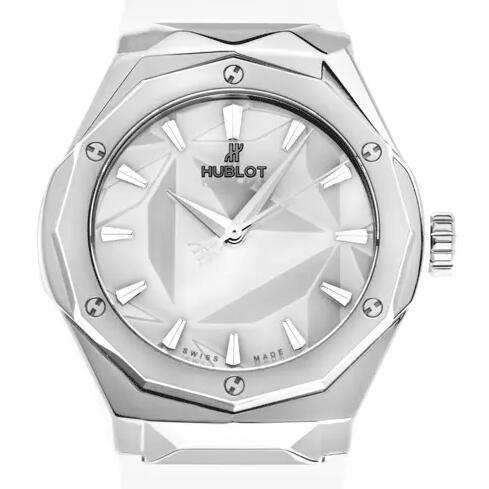
The Classic Fusion is one of Hublot’s most famous collections. It is characterized by its elegant and simple design, which still maintains the typical Hublot characteristics. It is a collection that bridges tradition and modernity and is suitable for both formal occasions and everyday use.
Why is Hublot so unpopular?
Before we look at Classic Fusion in detail, let’s try to answer this question. Why are there people who think Hublot is an unpopular brand? Some critics accuse Hublot of being too commercial and focusing too much on the luxury market. Others complain that the watches are too flashy and lack subtlety. Still others criticize the fact that Hublot also uses purchased movements in addition to manufactured movements, especially in cheaper models such as the Classic Fusion. If you don’t like Hublot, you should probably take a closer look at this model and you might be surprised.
The Hublot Classic Fusion in detail
For a Hublot, the Classic Fusion is surprisingly simple and small. It has a diameter of 45 mm and a lug-to-lug of 53.5 mm. With a height of 10.5 mm, the model is pleasantly thin and can also be worn on narrow wrists (based on reference 510.NX.7170.NX).
The Classic Fusion’s case is available in a variety of materials, including titanium, ceramic and King Gold. In addition, the model is available in different sizes, from 33 mm to 45 mm. This timepiece is ideal as a unisex or partner watch.
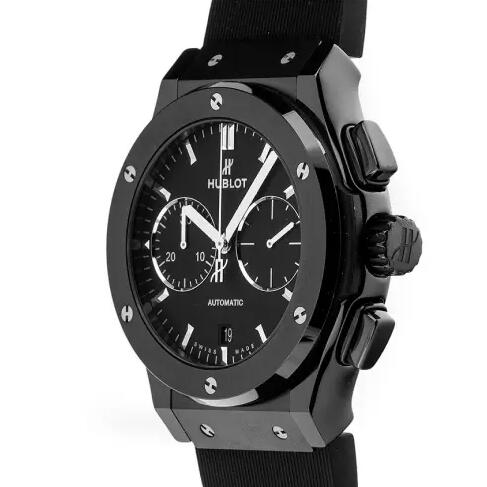
A special feature of the Classic Fusion is the dial. The selection ranges from simple, minimalist designs to ornate dials with diamonds or skeletonization. The movement of the Classic Fusion varies depending on the model. Hublot uses high-quality movements and now also offers some in-house calibers such as the Unico, Meca-10 10 Day Power Reserve or Tourbillon Power Reserve 5 Days. However, purchased movements are still installed and refined for watches in the lower segment.
Classic Fusion compared to Royal Oak
Evil tongues claim that the Classic Fusion is based too closely on the Royal Oak from Audemars Piguet. The Royal Oak is one of the most famous luxury watches in the world. It is characterized by its iconic case and the “tapestry” pattern on the dial. Compared to the Classic Fusion, the Royal Oak is more eye-catching, perhaps even a little sportier, while the Classic Fusion could be described as a sporty dress watch in the Hublot universe.
Both watches have screwed cases, but in our opinion that’s where the similarities end. The Classic Fusion scores with its unique look, which is based on the design of the first Hublot, the Hublot MDM Geneve from 1980.
